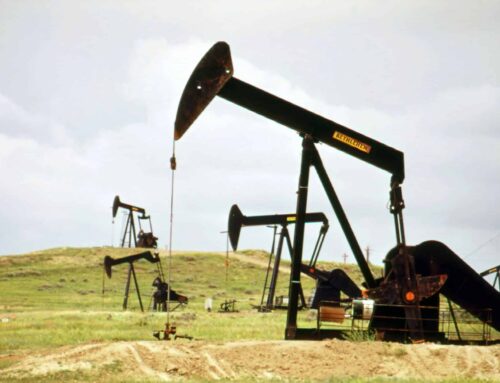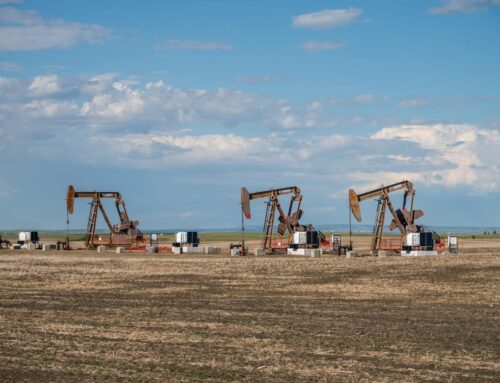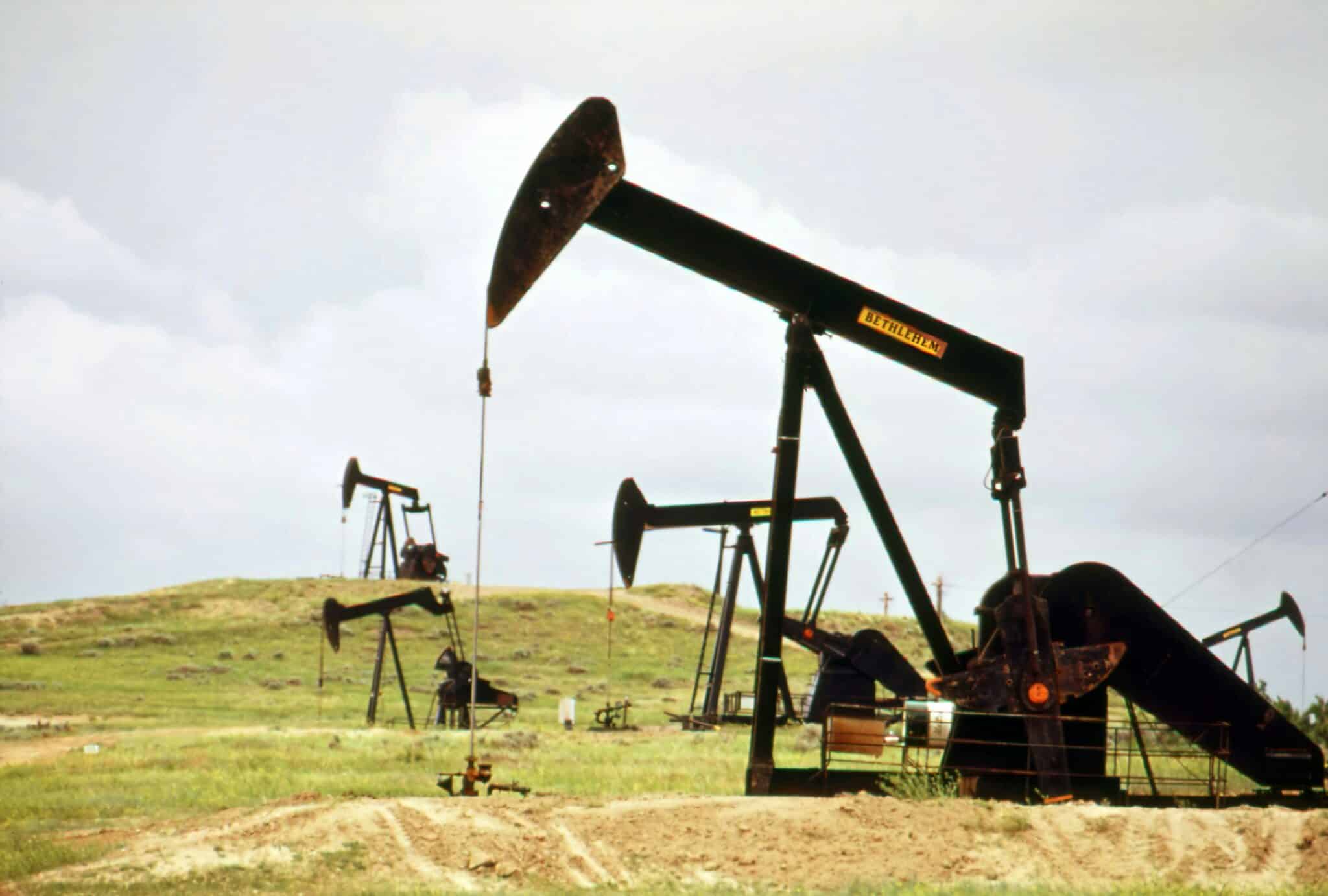The same day uncontrolled Canadian wildfires sent smoke into Washington, DC, we released a report, “Paying the Price: Taxpayers Footing the Bill for Increasing Costs of Climate Change.” The report looks at the many ways taxpayers are increasingly bearing the costs of extreme, unprecedented weather driven by climate change. Weather events like wildfires.
The report examines programs across the federal government that are affected by the increasing costs caused by climate change. Disaster response, federal flood insurance, infrastructure, federal crop insurance and agricultural disaster aid, as well as national security and healthcare costs are all on the rise. And these costs are just the tip of the soon to melt iceberg. Calculating the exact costs directly associated with climate change is quite challenging. In fact, we currently lack the necessary data, transparency, and tools to make such precise calculations.
One of the trickier areas in which to calculate the full costs of climate change is national security, as the impact of climate change on defense spending is more intricate compared to other areas of the federal budget. The most straightforward cost is military installations damaged by extreme weather events. According to the Department of Defense (DOD), natural disasters and extreme weather events from 2017 to 2021 caused over $13 billion in damages to U.S. military bases. With more than 1,700 military installations located in vulnerable coastal areas, rising sea levels and extreme weather pose significant risks.
The effects of flooding, drought, and wildfires on military bases are like those on civilian infrastructure, prompting the Pentagon to adopt mitigation strategies to reduce future costs. However, the DOD manages a vast global real estate portfolio worth approximately $1.2 trillion, spread across diverse climate regions. This means the DOD must tackle various climate change challenges, such as desertification and melting permafrost. Additionally, many existing military installations were constructed without full recognition of the threats posed by climate change, further complicating the situation and increasing costs.
As Defense Secretary Lloyd Austin stated, climate change affects nearly all aspects of the Department’s efforts to defend the American people. Recognizing this, the Pentagon has incorporated climate change considerations into its plans, policies, and procedures. However, despite allocating funds to adapt existing facilities and mitigate climate impacts, future billion-dollar disasters seem inevitable. For example, the Pentagon’s FY23 budget request included $3.1 billion for mitigating logistics risks, fortifying critical infrastructure against climate impacts, and deploying new technologies. While this amount may seem inadequate given the environmental challenges, severe weather events have already cost the Pentagon billions of dollars in damages.
Consider the impact of Hurricane Michael in 2018, which caused an estimated $4.7 billion in damage to Tyndall Air Force Base in Florida. The base, responsible for training pilots and maintenance crews, suffered extensive destruction, with almost every building damaged or destroyed. Similarly, Hurricane Florence in 2018 resulted in significant damage to Marine Corps’ Base Camp Lejeune, Air Station New River, and Air Station Cherry Point, with repair costs exceeding $3.6 billion. Such events demonstrate the immediate costs and consequences the Pentagon faces due to climate change.
Moreover, ongoing costs persist beyond individual weather events. The 2019 report from the Office of the Under Secretary of Defense for Acquisition and Sustainment identified recurring flooding, drought, and wildfires as major concerns at 79 military installations. Flooding, the most prevalent threat, affects approximately 60 of these installations. Norfolk Naval Shipyard, the world’s largest naval base, experiences annual flooding as several drydocks are exposed to rising waters. The consequences are far-reaching, including operational disruptions for nuclear-powered aircraft carriers and submarines.
The trickier part is the long-term costs of climate change. Climate change acts as a threat multiplier, exacerbating existing instability in regions worldwide. For example, severe drought in Syria from 2009 to 2012 played a role in triggering civil war due to declining agricultural output and increased unrest. Rising sea levels threaten vulnerable populations in Somalia and Yemen, potentially necessitating U.S. military intervention.
More significantly, the changing Arctic environment has direct implications for U.S. national security. Temperatures in the Arctic region are increasing at a rate more than twice the global average. This rapid warming has led to reduced sea ice coverage, declining snow cover, and melting ice sheets, which are reshaping the physical landscape of the Arctic. As climate change continues to diminish sea ice coverage in the Arctic, it will introduce new shipping lanes as well as threats and challenges to our national security in the years to come.
Everywhere we look we can see climate change impacts. But America has the tools and innovation to tackle this problem and come out even stronger than before. From agriculture to wildfires, we can make smarter spending choices and make sure our dollars support the policies that keep our nation strong.











Get Social